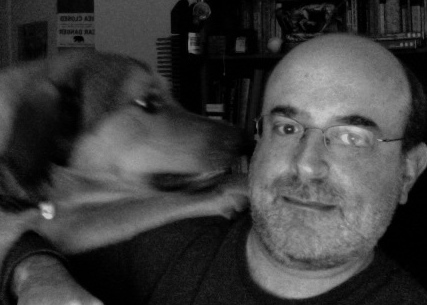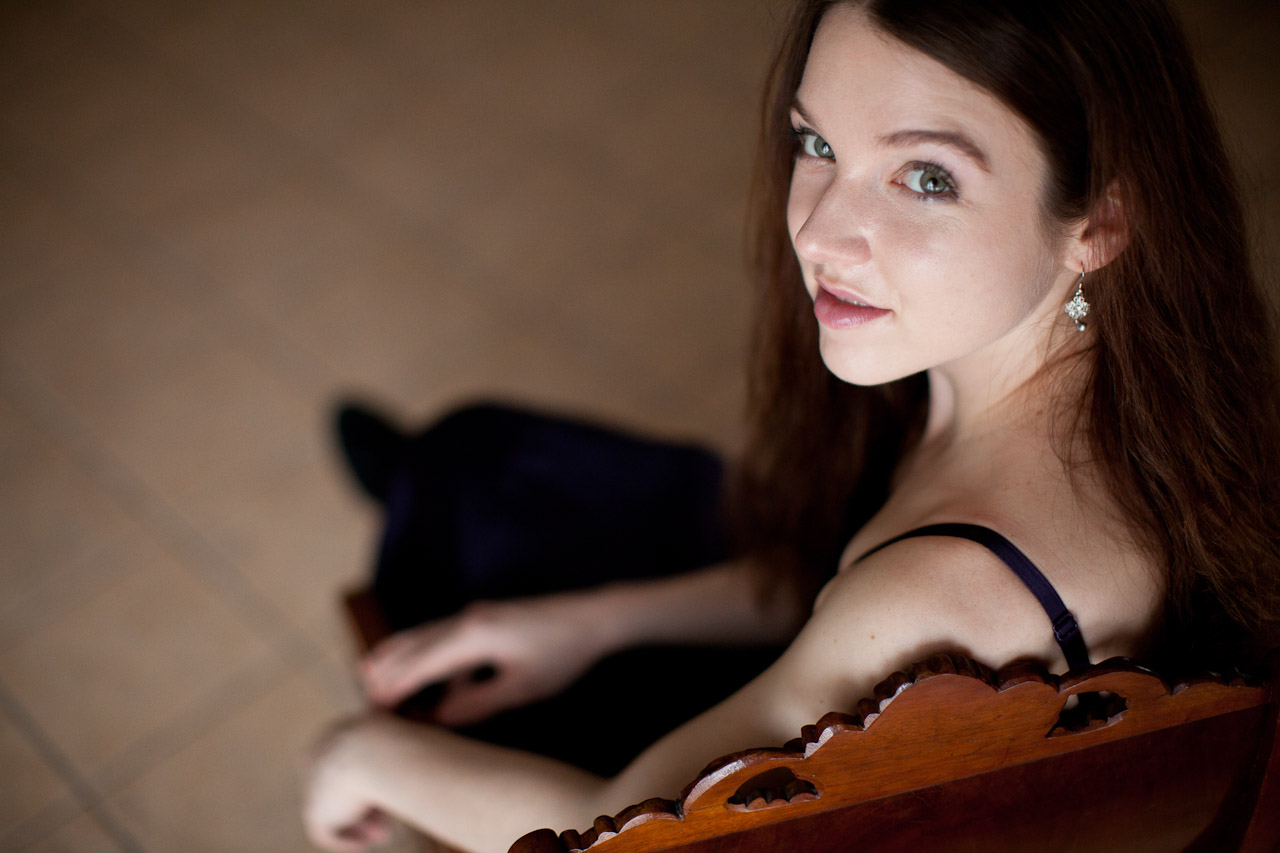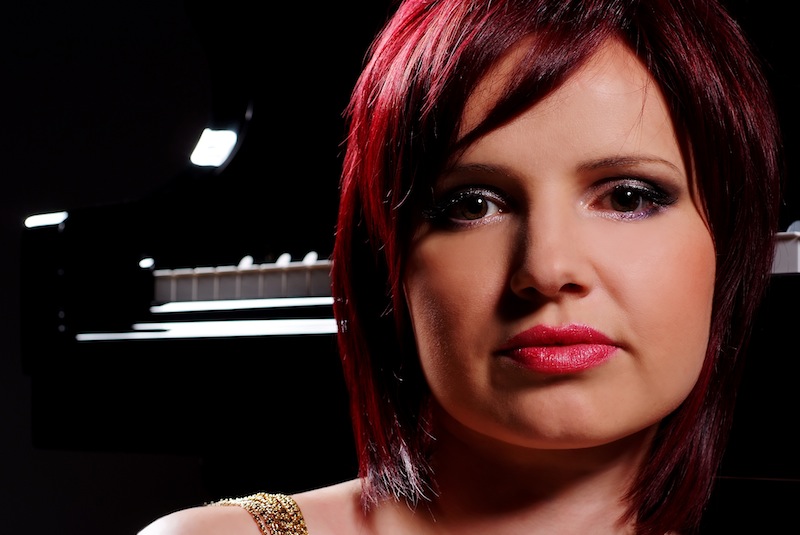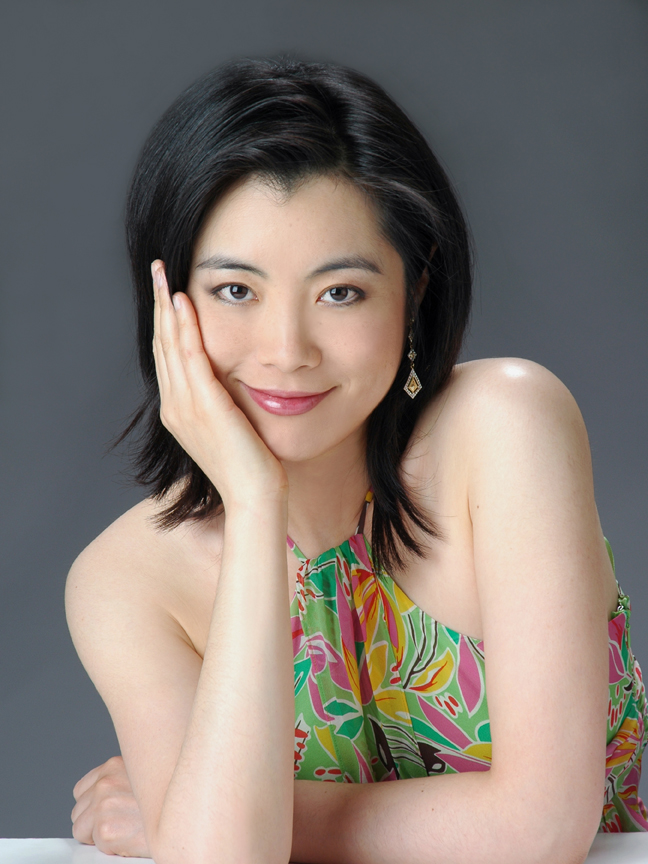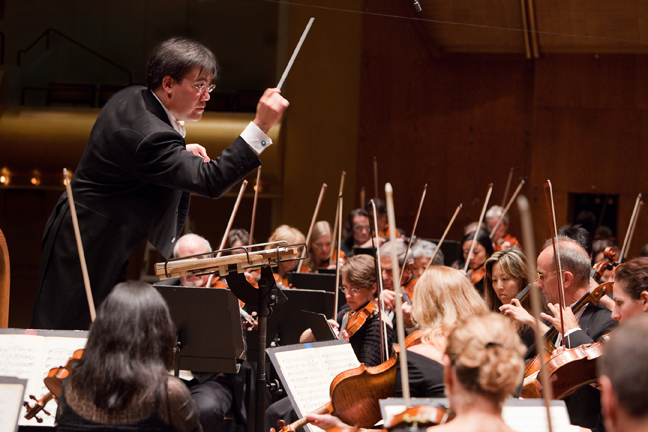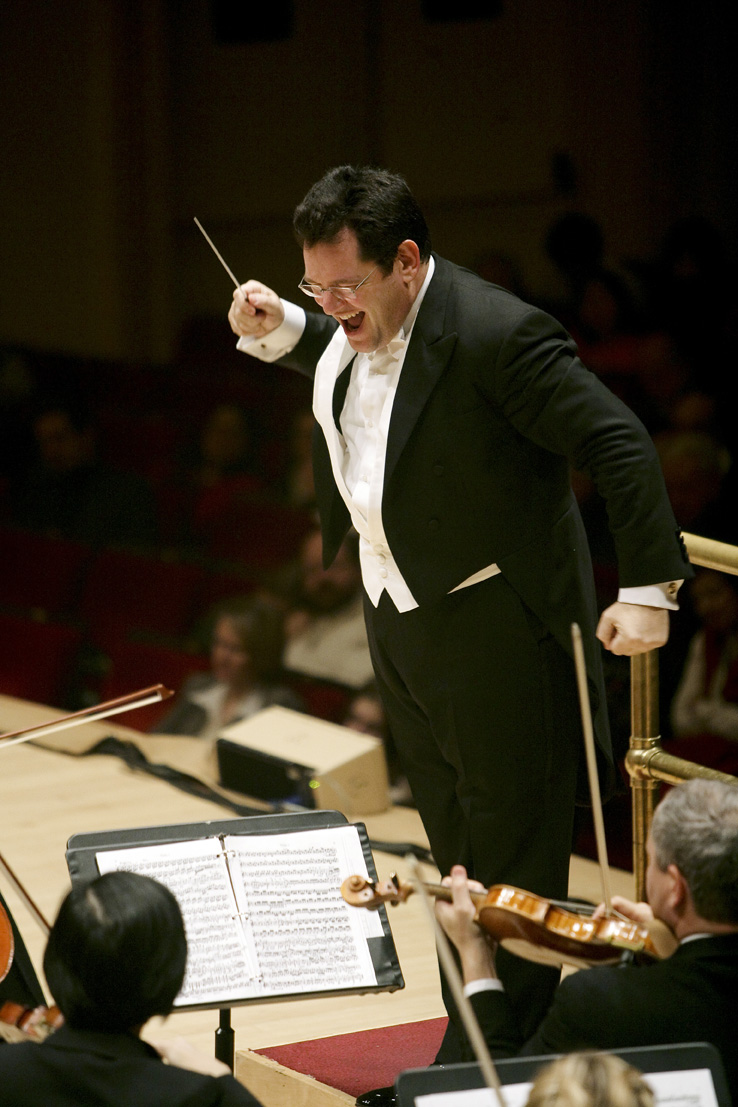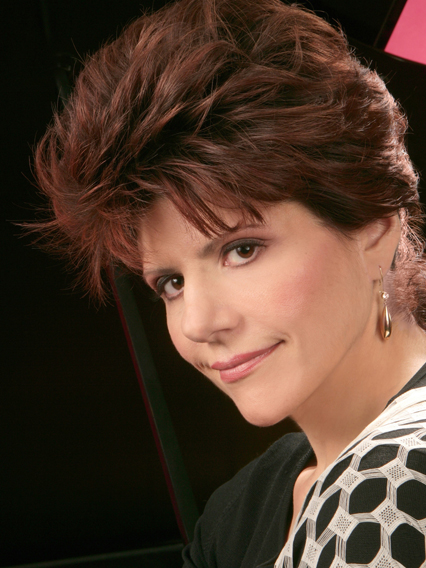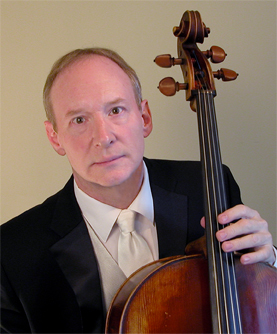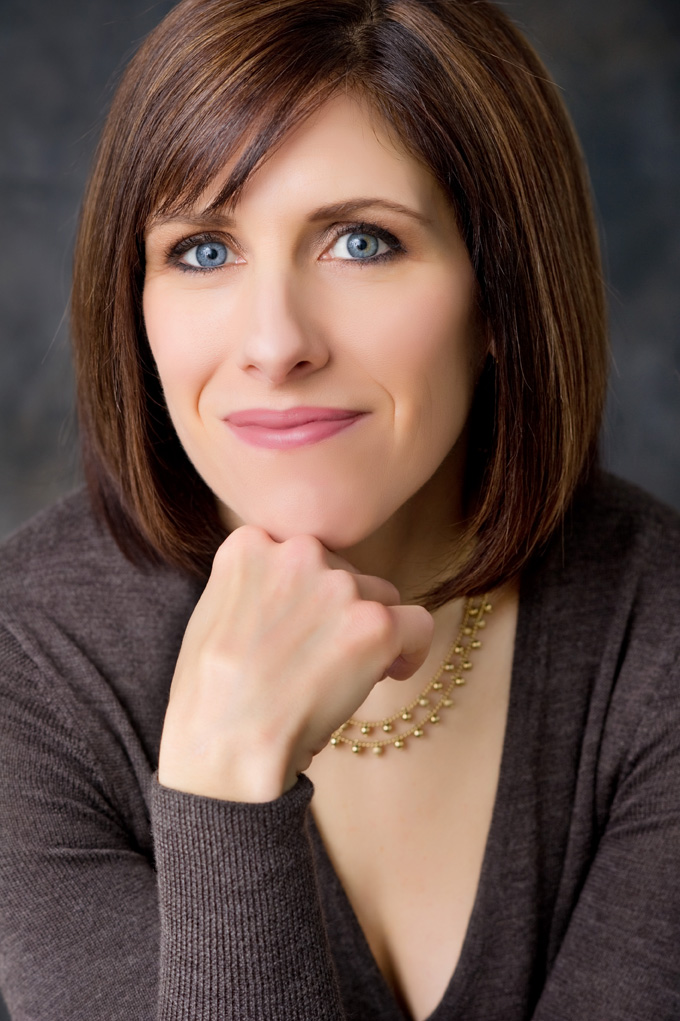David B. Goldberg spent the last three years writing and producing “ABSOLUTE MUSIC CD 1: 13 TRACKS”, with the general idea that music today is frequently used in service to other media, while its own abstract nature has become secondary. His CD strives to bridge the gap between high and low art, contribute something new and different to the musical landscape, while at the same time be accessible to all. After a break of seven years, Goldberg began to compose again three years ago. This CD incorporates his latest work.
The 13 tracks are simply labeled with a number, and this way they leave much to the imagination. The tracks vary greatly in both style and mood. Sections that are hypnotically repetitious with subtle change–i.e. minimalistic–fit the best with the electronica sound that permeates the disc (the music was composed using computer programs such as Finale). Yet–thanks to Logic Audio, a program that gives a human playback–there are some very personal elements to the music: a liberty to rhythm (rubato), a good deal of expression such as vibrato, and a wide range of dynamics. Although this disc sounds like it could be a demo, the recording is already on sale on iTunes and the like. According to Goldberg, he is aiming for that electronica edge to the sound in “Absolute Music”, and he is not craving live musicians for performance or for future recordings of this work. He does however intend to find an orchestra of live musicians for future endeavors–especially theater pieces–and he has written for musicians and live performances in the past.
Some of this “Absolute Music” CD sounds other-worldly, perhaps lending itself to the Science Fiction genre. Some of it could serve as video game music or other types of film music because everything about film is obviously pre-recorded, and nothing about it is live. And when listening to “Absolute Music”, you feel you are being taken on a journey without any specific narrative. This is common when listening to Brahms, who avoided descriptive titles and program music; the closest he came to describing what you were hearing was when he composed and titled his “Tragic Overture”. But even here, instead of naming an overture after a Shakespearean drama such as “Romeo and Juliet” (Tchaikovsky) or “Othello” (Dvorak), Brahms chose to label his work in the most general of terms–leaving the listener great freedom of thought.
Track 1 is consistently gripping and lends itself to the aforementioned action-film or video game music, with some ethnic harmonic and melodic flavor added in. The crashing, dissonant chords are indeed startling and effective. The next track provides welcome contrast with its hypnotic and soothing syncopations. Track 3 could use some more chord changes; if the desire here and elsewhere is to keep it simple for the audience, Goldberg could find some middle ground to satisfy the more sophisticated ear.
Track 4 is folksy and rather archaic with a catchy lilt, and the fifth track–in a refreshing minor mode–goes perhaps a little overboard with its use of percussion. Some moments here and elsewhere feel a bit random; melodic ideas are sometimes disconnected to preceding ones, leaving things a bit disjointed. Goldberg, however, is not trying to recreate traditional forms, but rather take you on an abstract journey. And sometimes journeys can be very bumpy roads.
The sixth track could use more advanced counterpoint and imitation, while the following track–Track 7– does indeed incorporate more mature compositional techniques, captivating this listener with its time changes, as well as its atmosphere.
Track 8 has a spooky, entrancing horror film music feel, and the following music on Track 9 also has some droning sounds, but adds an appealing combination of flute solo and chimes. The 10th track contains the strands of strings and piano combined with an unusual, video game-like rumble. Tracks 11 and 12 are also quite unique, sometimes combining new age-like chordal music with Neo-Baroque ornamentation and trills.
Track 13 is mysterious–like the work’s title as a whole–but also contains the most interesting use of counterpoint; it is written with compositional maturity, yet it’s accessible at the same time. It is often a challenge to satisfy both educated audiences and more novice listeners, but with this track and some preceding tracks, Goldberg succeeds.
The CD’s electronica sound, which sometimes wears thin, can still exist on its own without the benefit of live musicians because the music takes you on a voyage away from reality. Then naturally, an ideal contemporary way to represent fantasy is with a futuristic sound.

